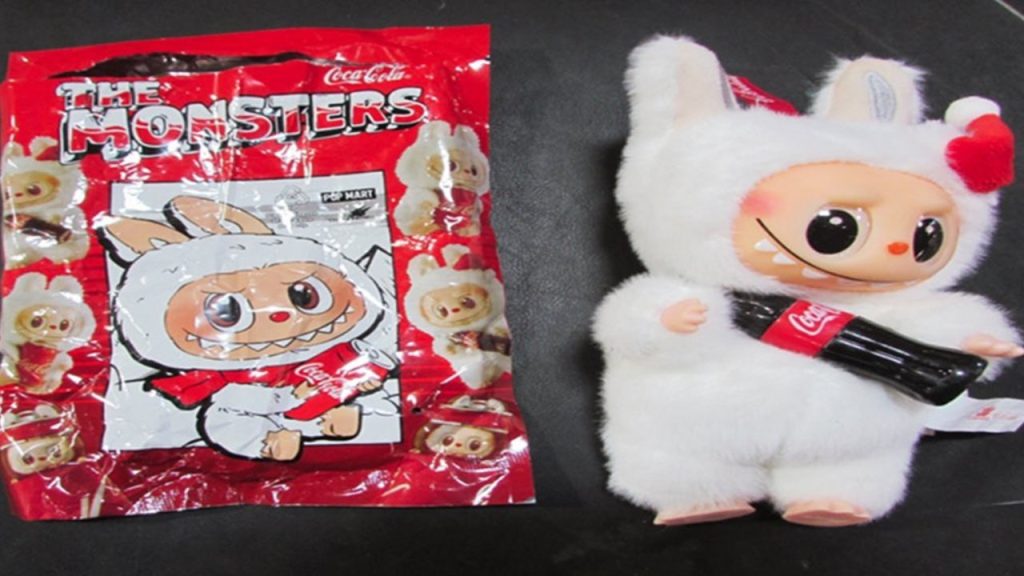U.S. Customs Intercepts Massive Shipment of Counterfeit Labubu Dolls
In a significant bust at Seattle-Tacoma International Airport, U.S. Customs and Border Protection (CBP) officers intercepted over 11,000 counterfeit Labubu dolls on August 26. The shipment, arriving from South Korea, was deceptively labeled as “LED Bulbs” in an apparent attempt to evade detection. Had these counterfeits been authentic Pop Mart products, they would have been valued at approximately $513,937.76. This seizure highlights the growing problem of counterfeit collectibles entering the U.S. market as demand for the popular character dolls continues to surge.
The CBP took swift action after determining the shipment violated federal laws regarding unlawful imports and intellectual property rights infringement. Officials noted that while no arrests have been made in connection with this particular case, they haven’t ruled out future legal action against those responsible. The interception demonstrates the vigilance of customs officials in protecting both American consumers and legitimate businesses from fraudulent goods. Brian Humphrey, CBP’s Seattle operations director, praised his team on social media, noting their “diligent and meticulous” work in identifying the counterfeit merchandise despite the misleading labeling.
These fake Labubus—often nicknamed “Lafufus” in the counterfeit market—represent more than just an intellectual property concern. The U.S. Consumer Product Safety Commission (CPSC) has issued warnings about the safety hazards these unauthorized replicas pose, particularly to children. Unlike authentic Pop Mart products, which undergo rigorous safety testing, these counterfeits often contain choking hazards due to poorly attached elements and stuffing that can easily detach. Even more concerning, some fake dolls have been found to contain hazardous chemicals that could pose health risks to consumers, especially young children who might put the items in their mouths.
The problem extends beyond American borders. Earlier this month, a London council issued warnings to consumers about the dangers of “Lafufus,” citing similar concerns about toxic materials and small parts breaking off. Collectors have developed methods to distinguish authentic Labubus from counterfeits, looking for telltale signs such as overly bright colors, missing holographic Pop Mart stickers, and incorrect physical features. One reliable indicator is the number of teeth—genuine Labubu dolls always have exactly nine teeth, while counterfeits often get this detail wrong. These distinguishing characteristics help knowledgeable consumers avoid purchasing potentially dangerous fakes.
The CBP has taken a somewhat playful approach to publicizing this serious matter. In addition to formal announcements about the seizure, the official CBP X (formerly Twitter) account posted: “Fake Labubus are not welcome in America,” followed by congratulations to the Seattle team. Humphrey even added a humorous note to his official statement, mentioning that they’re “still on the lookout for the one and only 24K GOLD Labubu,” referencing a particularly rare and valuable authentic version that collectors prize. This blend of serious enforcement with lighthearted communication helps raise public awareness about counterfeit goods while maintaining engagement with the community.
This incident reflects a broader trend of counterfeit collectibles and toys entering the U.S. market as particular items surge in popularity. Labubu dolls, created by Pop Mart, have developed a devoted following among collectors worldwide, creating a lucrative opportunity for counterfeiters to exploit. The Seattle seizure represents just one shipment in what authorities believe is a much larger operation to flood online marketplaces with convincing fakes. By intercepting these goods at the border, customs officials protect not only the intellectual property rights of legitimate companies but also ensure that potentially unsafe products don’t reach American consumers. As the popularity of collectible figures continues to grow, both authorities and consumers will need to remain vigilant against increasingly sophisticated counterfeiting operations.


